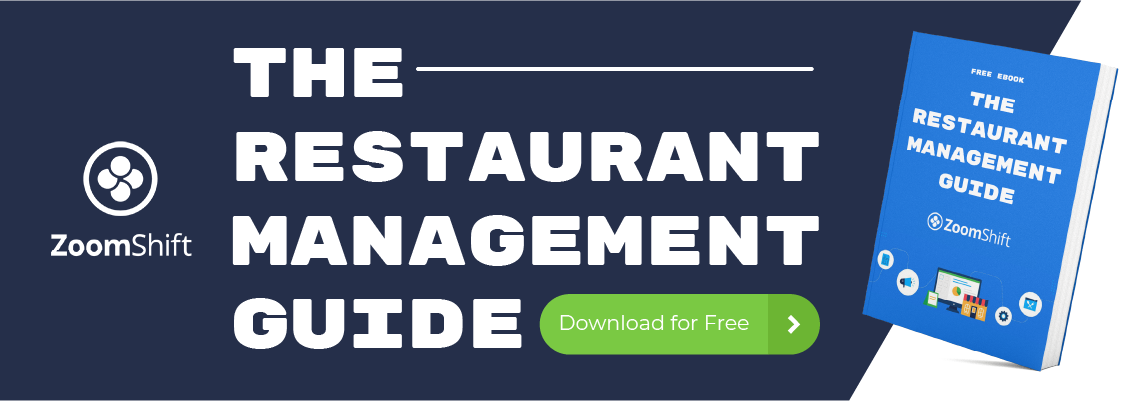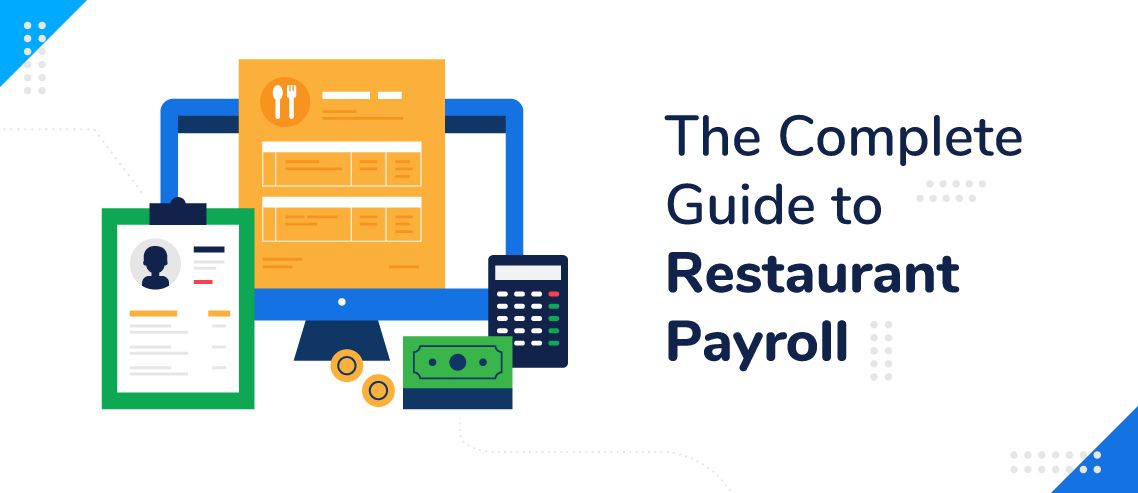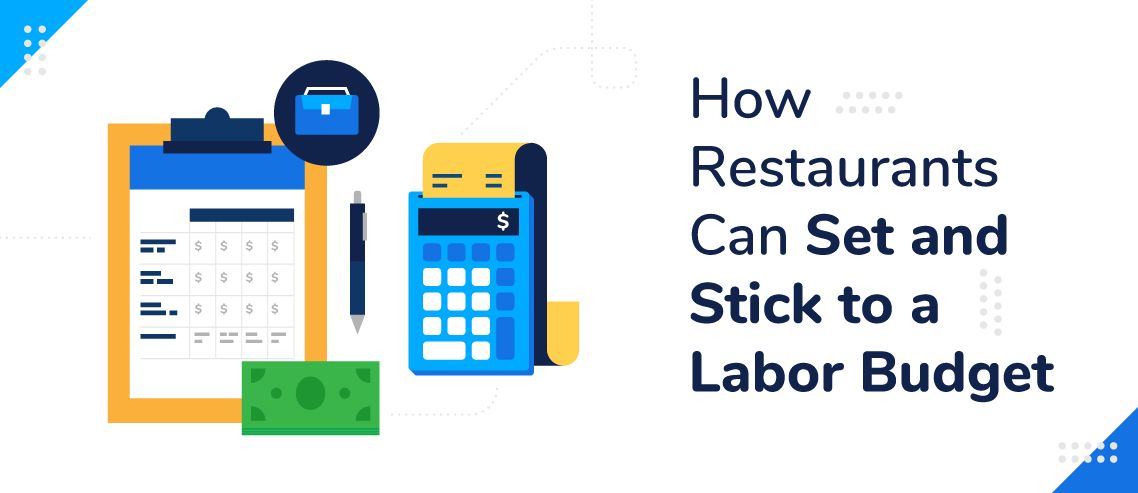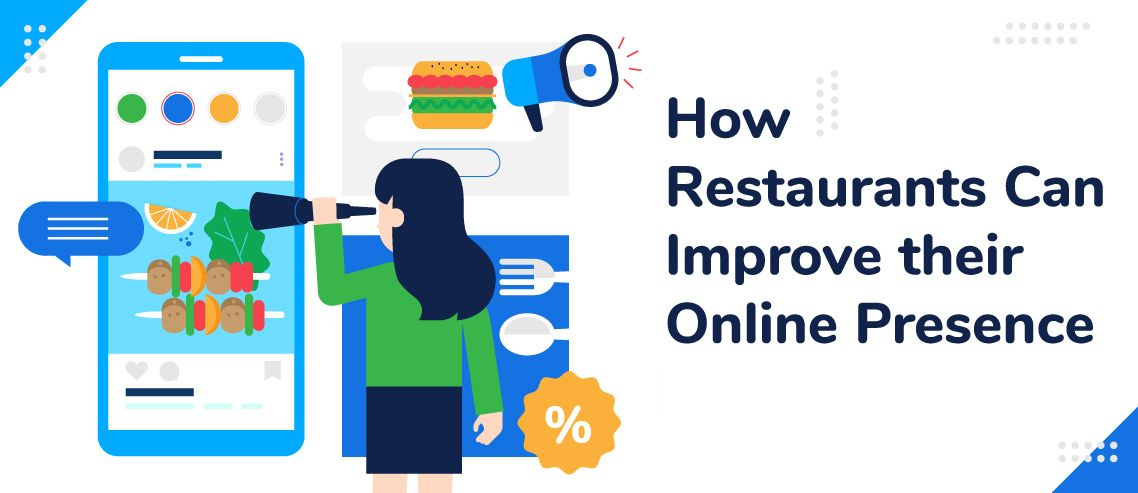The Complete Guide to Restaurant Accounting in 2024
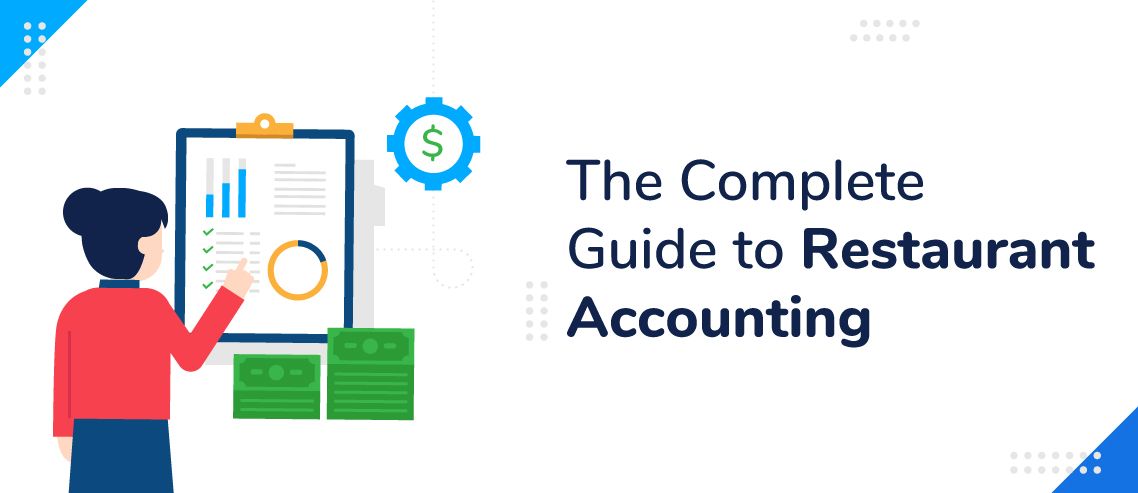
For many, opening a restaurant is a dream come true – the smell of the fresh food, the smiles of happy customers, what more could anyone want in a job?
But running a restaurant isn’t all smiles and pastries. A restaurant is still a business, after all, and that means that you’ll need to be prepared to spend a lot of time and energy getting your finances in check if you want to make it in the restaurant business.
If you’re not sure how to get started, fear not. In this guide, we’ll cover the basics of what you need to know to start with restaurant accounting and get your business up to speed financially.
What Is Restaurant Accounting?
Restaurant accounting is simply accounting as it pertains to restaurants. There’s no secret sauce here: just good old financial records and calculators.
But what is accounting? Well, accounting is the process of keeping financial records for a business, such as information about your cash flow, sales, losses, etc. You can essentially think of it like getting together all your paychecks, receipts, invoices, and any other financial records you have for safe keeping.
To help keep your accounting efforts as streamlined as possible, use the right tools. Look for software that allows your business to host as many as your financial documents as possible. Look for something that can automatically calculate taxes, food cost, overhead, and more. Try receipt templates for small business. They can be customized to look great and you can also use them as an extra paper trail.
Once you have all this information, it can be used for many different purposes, like drawing insights to help management identify areas that could use improvement. Of course, it can also be used for more straightforward purposes, like tax return preparation.
Restaurant Accounting Basics
Accounting is a deep field that requires years of study to master, so there is no easy way to summarize even the basics. The shortest way to sum up the basics of accounting is this: accounting is used to record the financial transactions that a business makes. By keeping a record of these transactions, the business owners, managers, etc., can get a better look at the health of their business and make adjustments accordingly.
To do all this, they need to look at figures, like restaurant expenses, revenue, liabilities, assets, and many other terms that could fill up an entire book. If you’d like to learn more about restaurant accounting, you can start with these terms and the other terms that we’ll go over shortly.
What Key Financial Reports Do You Need?
There are lots of different reports that you will need to keep track of your restaurant’s finances. Here are a few to start with:
- Chart of Accounts: The chart of accounts is an index for all the different account statements in your company. In short, it’s the ledger for your business.
- Daily Sales Report: This report records sales figures over the period of a single day. It typically breaks numbers into different categories, like drinks, food, taxes, etc.
- Cash Flow Forecast: This is a record of how much money you expect to flow into and out of your business over a period of time.
- Flash Report: This shows key information about a restaurant’s finances at a certain point in time, such as revenue, expenses, debt to equity, etc.
- Monthly Performance Report: This provides information about how your restaurant is performing financially month to month.
- Profit and Loss Statement: This is a financial statement that provides a summary of revenue, expenses, and costs over a period of time.
- Cash Flow Statement: The cash flow statement is a financial document that summarizes the cash that enters and leaves a company over a specified period of time.

What Key Performance Indicators Should You Track?
Once again, there’s no easy way to summarize all the indicators you should keep track of. However, here a few to start with:
- Sales: This should be the first indicator you look at in most cases. Your sales figures will show how much revenue you are making, and that’s key to staying profitable.
- Cost of Goods Sold (COGS): This refers to how much it costs you to make the goods you’re selling. In restaurant terms, this means only the cost of the ingredients, not labor and equipment costs.
- Prime Cost: Prime cost is similar to COGS, but it includes labor costs as well. That means that prime cost is equivalent to the cost of the raw ingredients plus labor. The only thing it doesn’t include are fixed costs. The formula for calculating prime cost is Prime Cost = Direct Raw Materials + Direct Labor.
- Turnover Ratio: The turnover ratio measures how quickly items enter and leave your business. Typically, it’s used when referring to inventory. It provides a quick look at how efficiently your business is selling its products.
- Server Benchmarks: This includes several different markers that indicate how well a server is performing, such as the Per Person Average, Server Errors Per Guest, and the Number of Guests Served Per Person Per Hour.
The Benefits of Restaurant Accounting
Restaurant accounting doesn’t just provide benefits – it’s absolutely essential. In fact, without engaging in restaurant accounting, you wouldn’t be able to file and pay your taxes, which could land you in trouble.
Accounting is necessary to make sure that you have records of all important financial data. Not only does it facilitate essential functions like tax paying, but it also provides essential insights into how your business is performing.
For example, can you imagine a restaurant that had no idea how much money it was making every month? The restaurant would be unable to determine whether it was profitable or not, and it would likely go under pretty quickly.
Restaurant accounting should not be viewed as something beneficial, but an absolutely integral part of your restaurant, no less important than cooking the food itself.
Conclusion
Restaurant accounting is an essential part of running a food establishment. Although it may not be as exciting as other parts of the restaurant biz, without doing it, you wouldn’t be able to have a restaurant in the first place.
JD enjoys teaching people how to use ZoomShift to save time spent on scheduling. He’s curious, likes learning new things everyday and playing the guitar (although it’s a work in progress).
